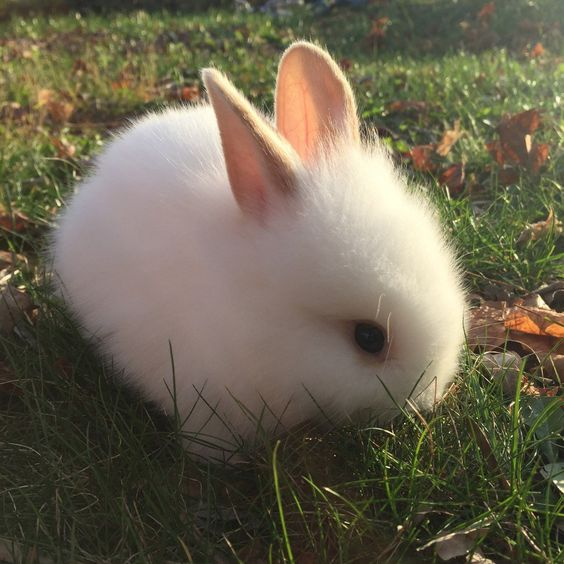|
 |
index : iced | |
| A cross-platform GUI library for Rust, inspired by Elm | cel |
| summaryrefslogblamecommitdiffstats |
blob: c32eb471a49f78760e17911c2672bb30ef01e5a4 (plain) (tree)